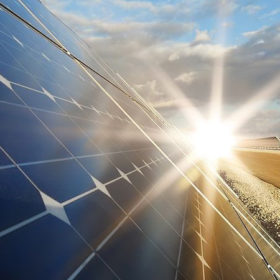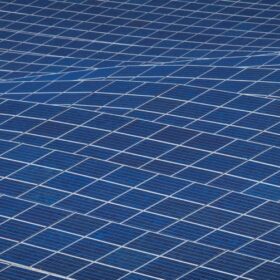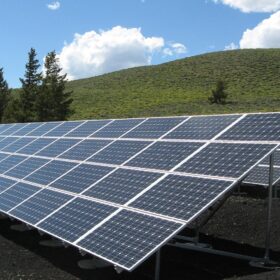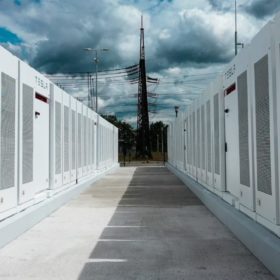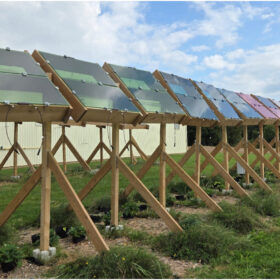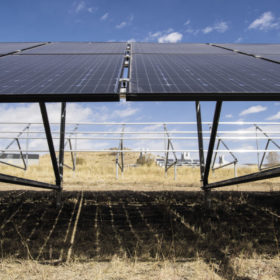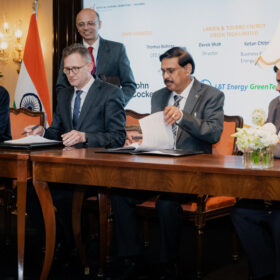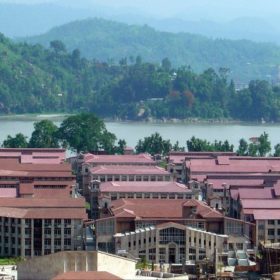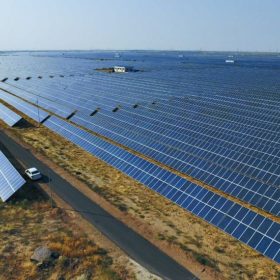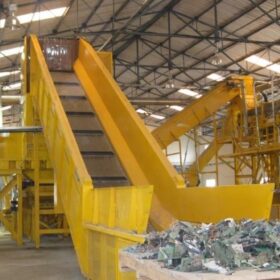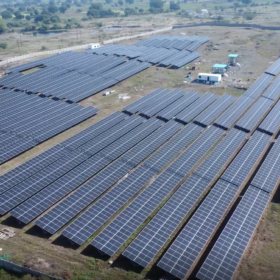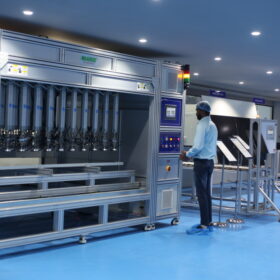Bridging the digital divide: The reality of transformation in renewable energy
Digital adoption across the renewable energy value chain reveals a stark imbalance. Operations and maintenance (O&M) has embraced digitalization most enthusiastically, with SCADA systems and IoT-enabled devices revolutionizing efficiency through real-time monitoring and resource optimization. However, engineering, procurement, and construction (EPC) processes remain surprisingly under-digitized despite their critical importance.
U.S. government raises tariffs on imports from Chinese solar producers operating in Vietnam
The U.S. Department of Commerce dramatically increased tariffs on imports from Chinese solar producers operating in Vietnam after the agency concluded that China is subsidizing raw materials for its companies to use in their Vietnamese factories.
Bondada Engineering targets 10 GW renewable energy, storage portfolio by 2030
The solar EPC solutions provider also plans to expand its footprint to international markets in renewable energy sector.
Global solar installations could reach 1 TW next year
BloombergNEF reports the world installed nearly 600 GW of solar power in 2024, closely aligning with projections that annual global solar installations will surpass 1 TW within the next few years. Although projections for 2025 currently fall short of that pace, early forecasts often underestimate actual deployment.
Solar exceeds 10% of U.S. electricity generation capacity
Solar dominates project queues through 2028, said data from the Federal Energy Regulatory Commission (FERC).
Telangana’s 250 MW/500 MWh battery storage tender yields L1 price of INR 2.40 lakh/MW/month
Bondada Engineering, Pace Digitek and TrueRE-Oriana Power have emerged winners in Telangana Power Generation Corp’s tender for 250 MW/500 MWh standalone battery energy storage with viability gap funding.
Cadmium telluride vs. crystalline silicon in agrivoltaics
Researchers in Canada have compared strawberry growth under uniform illumination from semi-transparent thin-film cadmium telluride panels and non-uniform illumination from semi-transparent crystalline silicon modules. Their analysis considered metrics such as fresh weight, height, leaf count, chlorophyll content, soil temperature and humidity.
Jindal India Renewable Energy secures LoA for 300 MW solar with 150 MW/300 MWh battery storage from NHPC
BC Jindal Group’s Jindal India Renewable Energy (JIRE) has secured 300 MW of solar power capacity with 150 MW/300 MWh battery storage from NHPC at a tariff of INR 3.09/kWh.
L&T, John Cockerill collaborate on concentrated solar power and thermal energy storage
The partnership combines Larsen & Toubro’s end-to-end expertise in manufacturing, EPC and services with John Cockerill’s expertise in concentrated solar power and thermal energy storage technologies to deliver round-the-clock green power solutions to Indian businesses.
Assam tenders pooling substation contract for ADB financed 1 GW solar project
The 1 GWp (750 MW AC) solar PV project is partly financed by the Asian Development Bank.


